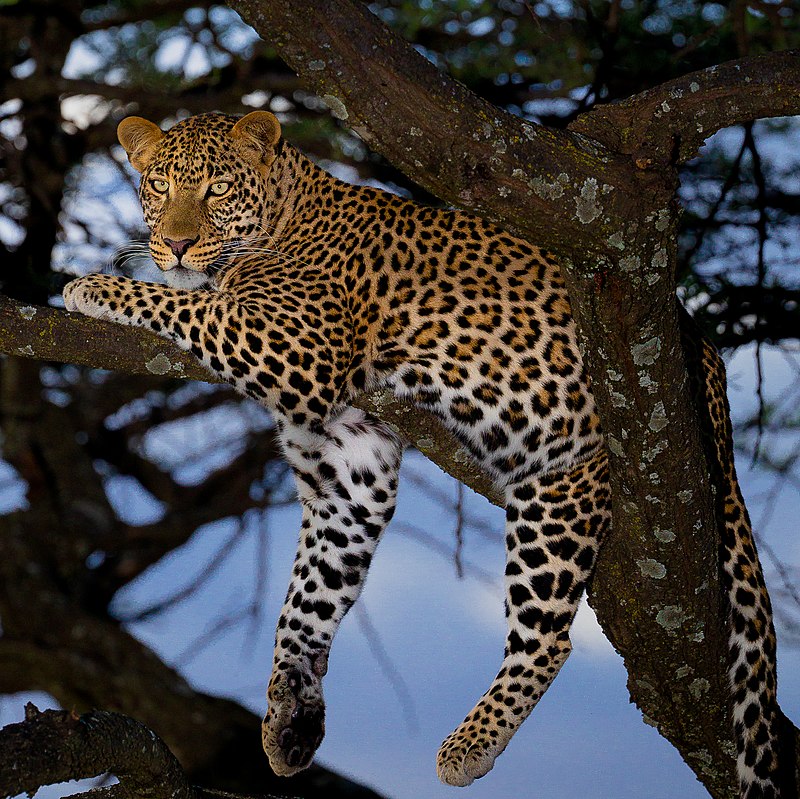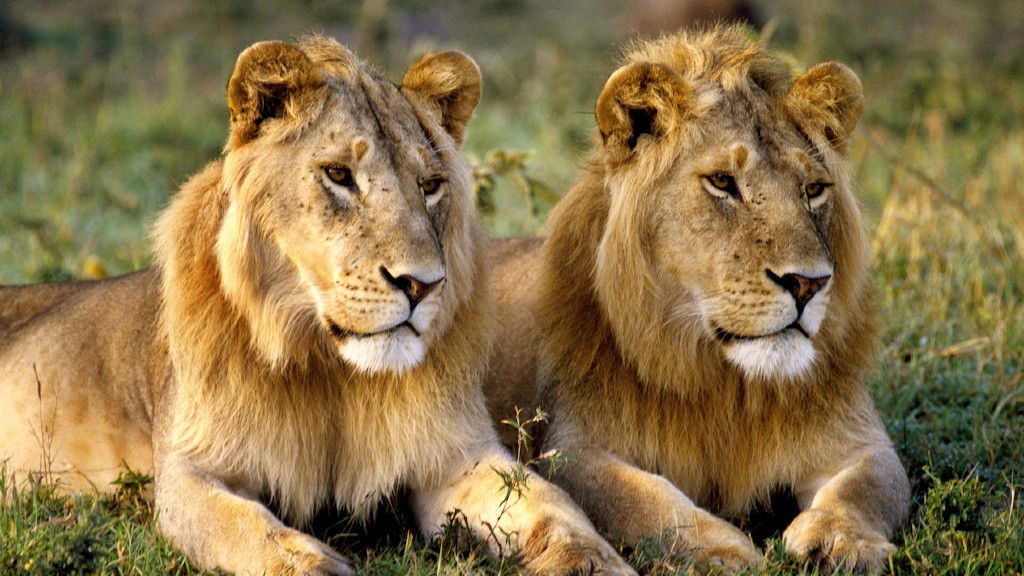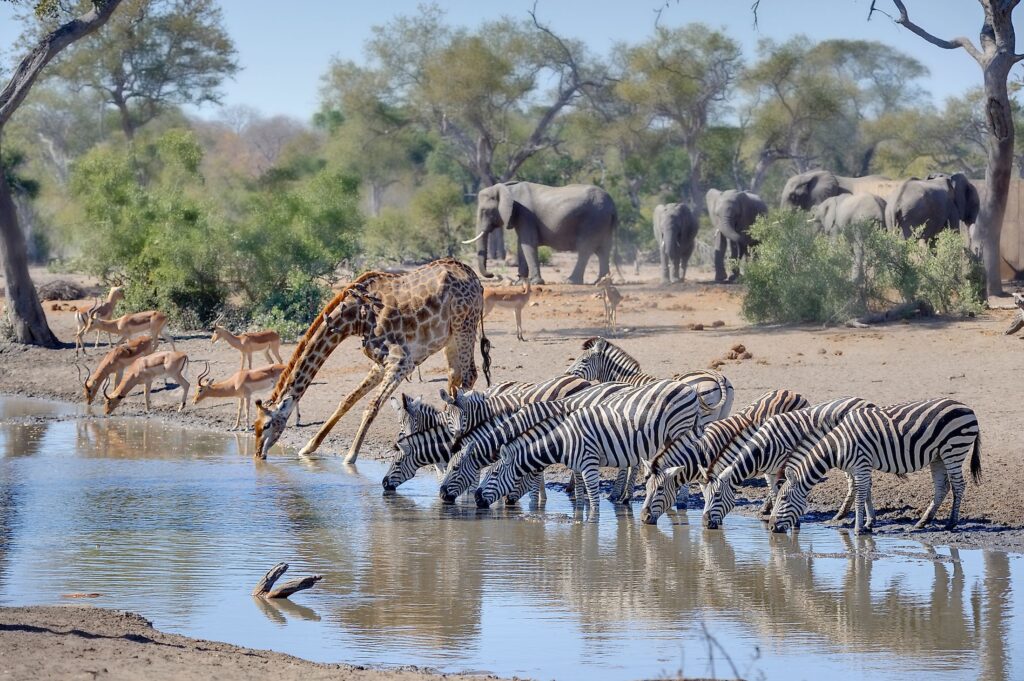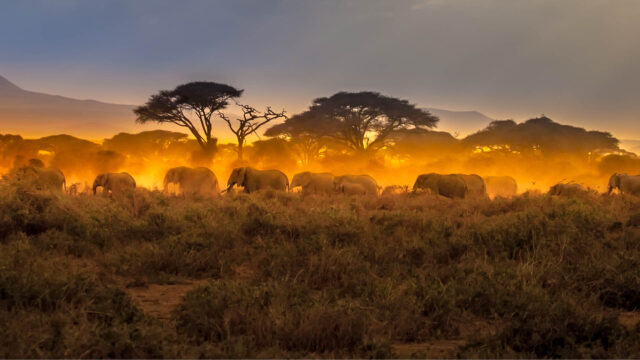Africa is home to a vast array of wildlife, each with its remarkable adaptations that enable it to survive and thrive in the continent’s diverse environments. From the towering giraffes who have evolved long necks for reaching food high up in the trees, to the tiny chameleon lizards who can change color as camouflage against predators, African wildlife have adapted cleverly over time to ensure their survival.
In this article, we will explore some of these incredible adaptations and how they help African animals survive.
The Diversity of African Wildlife

The African continent is home to an incredible diversity of wildlife. From large mammals like elephants and rhinos to smaller creatures such as hyraxes and dung beetles, the sheer variety of species on display in Africa is fascinating.
Each type of animal has developed its unique adaptations over time, allowing them to survive in their respective habitats. Elephants have thick skin for protection against predators while some small rodents have evolved long whiskers that help them find food in narrow crevices.
Even the most dangerous predators such as lions or leopards are adapted for stealthy hunting with camouflage colors and silent footfalls. With so many different types of animals living side by side, it’s no wonder that African wildlife displays remarkable behaviors that can be seen nowhere else on Earth!
Adaptations for Survival in Difficult Environments
African wildlife is known for its remarkable adaptations that have enabled it to survive in some of the most difficult environments on Earth. From deserts to savannas and wetlands, African species must find ways to acquire sustenance, avoid predators, and reproduce successfully despite a range of environmental conditions.
To meet these challenges, many African animals have developed creative strategies for survival. From desert-dwelling dik-diks that obtain moisture from succulent plants and shrubs to zebras that use their stripes as camouflage against potential predators in grassy plains; Africa’s wildlife has adapted itself incredibly well over time.
In addition, certain species are also capable of changing their behavior depending on the season or environment they inhabit – such as elephants who migrate across vast distances in search of food and water sources during dry periods or cheetahs who switch between hunting during the day or night based on available prey opportunities. Furthermore, by forming social groups with others of their species – particularly when facing danger – African wildlife can better adapt to threats posed by both natural elements and human encroachment into their habitats.
Unique Physical Characteristics and Behaviors

African wildlife is characterized by a variety of unique physical characteristics and behaviors. The distinctive features of African animals help them to survive in the wild, as well as to interact with other species.
For example, zebras have striped fur that helps them blend into their environment and camouflage from predators. Elephants have large ears which can detect sound waves over long distances, allowing them to locate food sources or identify danger from afar. Giraffes possess extremely long necks which enable them to reach higher branches when foraging for food.
In addition, many African animals are endowed with remarkable senses such as keen eyesight or an acute sense of smell which enables them to locate prey quickly and efficiently. African wildlife also exhibits a wide range of behavioral traits ranging from cooperative hunting among lions to migratory patterns among wildebeest herds for mating season.
These complex social systems not only allow animals to thrive but also serve as an example of how humans too can come together and work towards common goals while respecting each other’s differences in order to create a better world for everyone involved
Conclusion

African wildlife has demonstrated remarkable adaptations that have enabled them to thrive in challenging environments. Kenya’s vast array of habitats, from the highlands to the savannas, are home to many species of mammals, reptiles, and birds that can survive in these conditions.
The African wildebeest is a great example of an animal able to adapt quickly with its long legs and powerful neck enabling it to graze on even the toughest grasses. Elephants rely heavily on their large ears for cooling down and their trunks for grasping food as well as scooping water during dry seasons.
Lions use their camouflage coats and sharp claws when hunting prey while cheetahs use their speed and agility for catching fast animals like gazelles. Experiencing this incredible wildlife up close is truly breathtaking – why not visit Kenya with one of our Kenya tour packages today?




